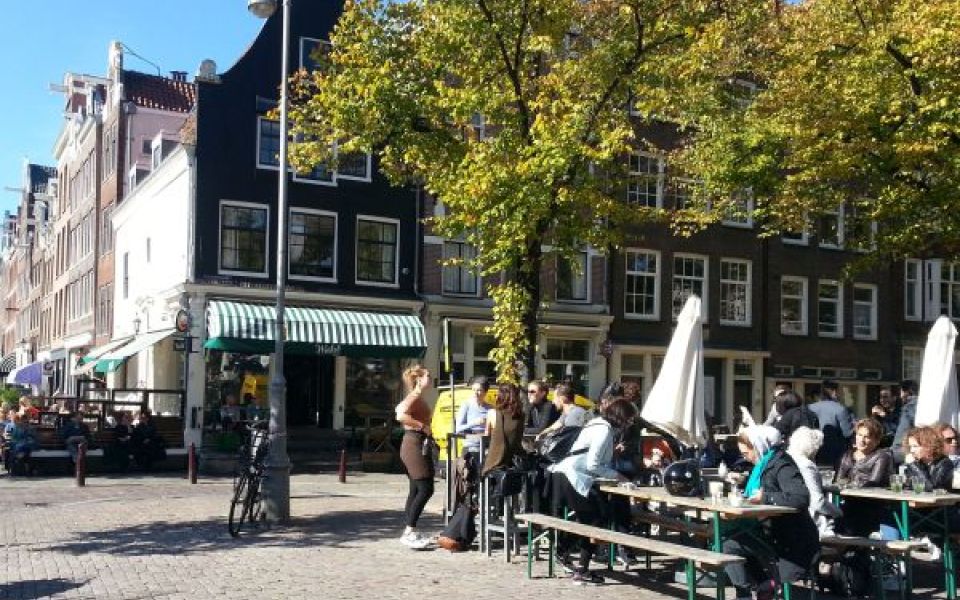Noordermarkt
"It looks like the Noordermarkt here" was an Amsterdam statement in the early 17th century. The Noordermarkt, formerly known as the Princenmarkt, was a rag and patch market where it was always very busy and cluttered. On Monday, women 'turned around patches' which made that day known as patch day. The market later also grew into a center of the pigeon trade. Today, there is still a popular Saturday market here from 9am to 4pm. But there is now much more to be found than just rags and birds! From antique crockery, to contemporary art and from clothing to delicious delicacies, the market has much to offer. Adjacent there is an organic market and around the corner there is also a daily market on the Lindengracht.
Noorderkerk
In the 17th century, the Westerkerk was built as a showpiece for the wealthy inhabitants of the canals. The workers in the Jordaan got the Noorderkerk, designed by architect Hendrick de Keyser and built between 1620 and 1623. A special feature of the design of this church was the floor plan of a Greek or Andreas cross. This means that the arms of the cross are of equal length. In this way the church could be built around the pulpit with the Bible on it. Original 17th century is nowadays only the plastering of the walls, the marble base of the pulpit and the dark oak wood that has been used in a number of benches. The floor of the Noorderkerk is a complete and still intact gravestone field. Sometimes more than five people are buried under a tombstone.
February strike
On the 25th and 26st of February 1941, the Communist Nation of the Netherlands (CPN) held a public meeting on the Noordermarkt. The raids in the Jewish neighourhood prompted a general strike that spilled over from Amsterdam to large parts of Noord-Holland (province in the Netherlands). The strike was violently ended by the German occupying forces within two days. On the south side of the Noorderkerk, a plaque has been placed that recalls the prohibited public gatherings on the Noordermarkt.
Statues Noordermarkt
On the Noordermarkt is a statue of Woutertje Pieterse and his girlfriend Femke, from the famous book written by Eduard Douwes Dekker (1820-1887), also called Multatuli. In addition, next to the church you can find the 'Unity the Strongest Chain' in memory of the Jordaan riot.





